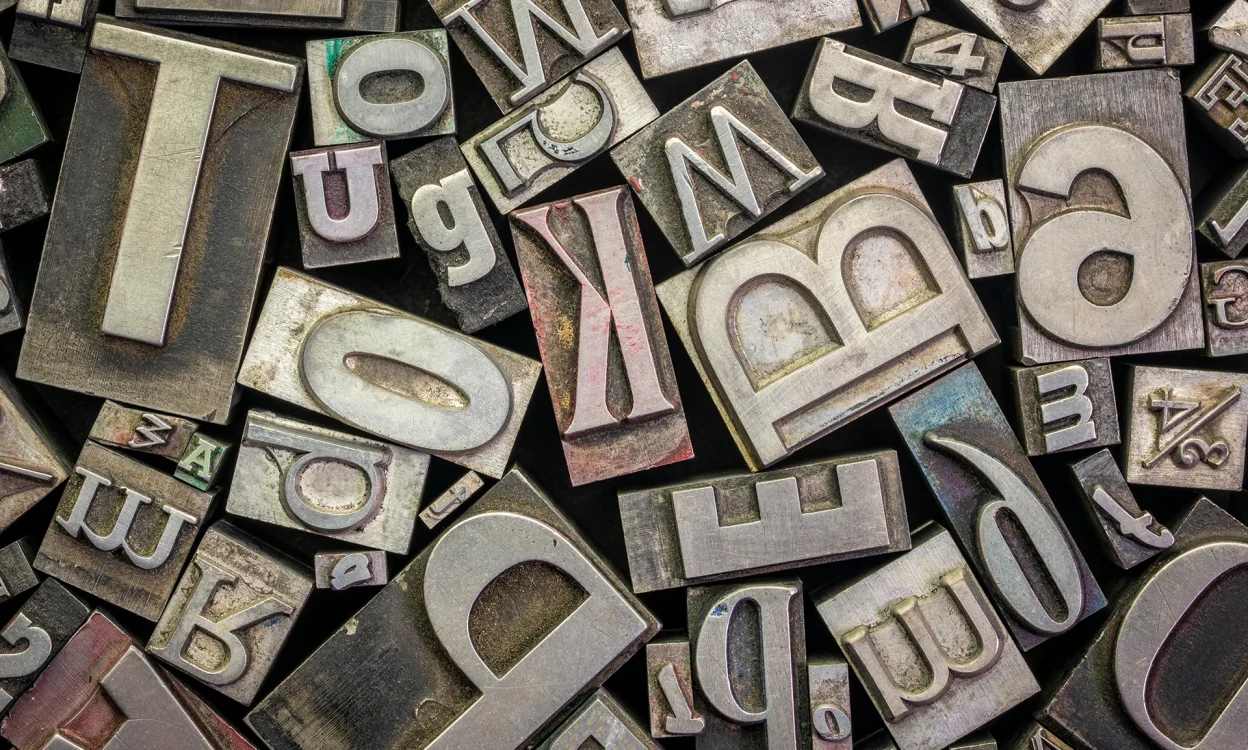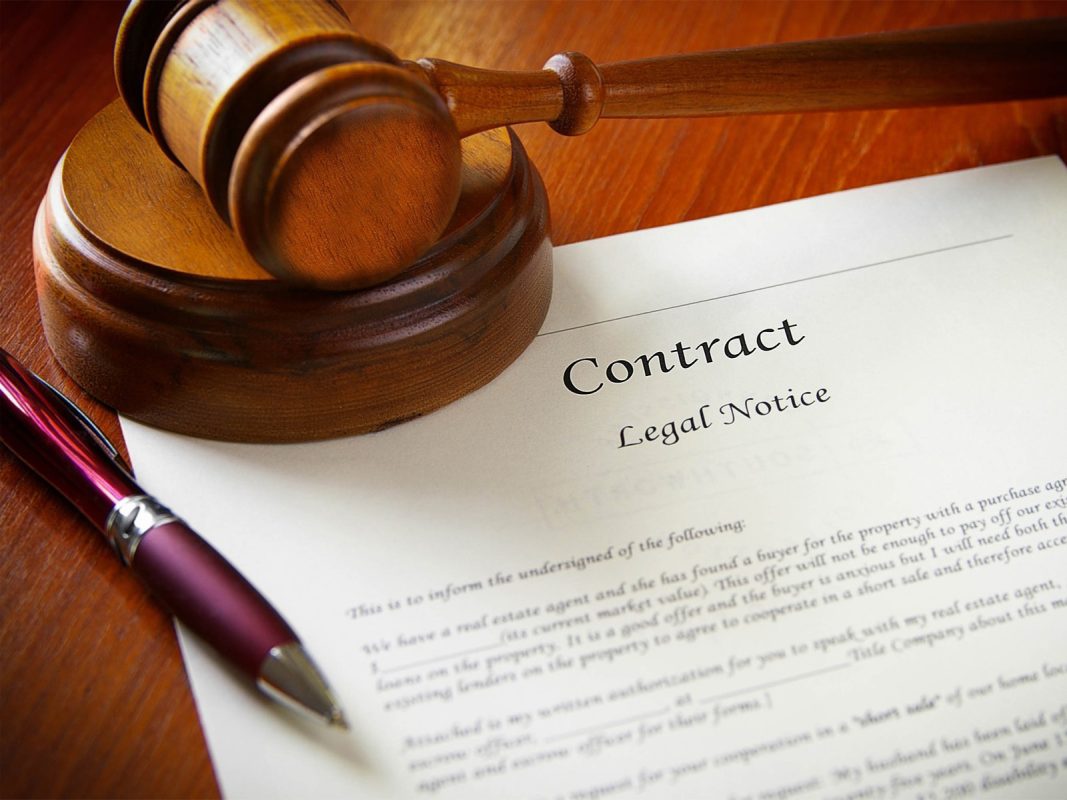Effective communication in professional environments relies heavily on clarity and precision. In fields where nuances hold substantial weight, such as the judicial sector, every detail counts. This encompasses not only the content of legal documents but also their visual presentation. Typography serves as the silent partner in conveying meaning and authority, shaping readers’ perceptions long before they delve into the text.
Utilizing suitable typefaces can enhance readability and foster a sense of trustworthiness. Readers often form instant judgments based on visual cues, which can impact their understanding and appreciation of critical information. Selecting an appropriate style not only complements the text but also reinforces its validity, ensuring that arguments are communicated with the utmost effectiveness.
Moreover, standards and expectations vary across jurisdictions, affecting how documents are perceived and accepted. Legal practitioners must remain mindful of these variations, choosing styles that align with professional norms while also considering the audience. Attention to these details can contribute significantly to the overall persuasiveness of legal arguments and the professionalism of submitted materials.
Impact of Legal Font Selection on Clarity
Effectively communicating ideas hinges on legibility and understanding. When documents are presented in an appropriate typeface, readers can absorb information smoothly, fostering better comprehension. Conversely, a poorly chosen typeface may lead to confusion and misinterpretation of essential points.
Readability plays a crucial role in how information is processed. Fonts that are too ornate or cramped hinder quick scanning, making it challenging for individuals to grasp significant details. On the other hand, clean and well-spaced typefaces promote ease of reading, allowing critical arguments and evidence to shine through.
Consistency in typeface within legal documents also enhances clarity. Switching between multiple text styles can distract from the content, causing readers to lose focus on the subject matter. A uniform appearance creates a harmonious flow, enabling a more organized presentation of ideas.
Ultimately, selecting an appropriate typeface is paramount in ensuring that messages are conveyed with precision. When clarity is prioritized through thoughtful typographic choices, communication becomes more effective, leading to better understanding and decision-making.
Understanding Readability in Legal Documents
Clarity and comprehension are vital in any written material, especially within law-related texts. A well-structured document enhances understanding, allowing readers to grasp complex information quickly. This aspect becomes crucial when conveying critical legal terms, conditions, or obligations. Ensuring that content is accessible encourages effective communication and reduces the risk of misinterpretation.
Readability hinges on various factors, including typeface selection, line spacing, and overall layout. Each component can significantly impact how easily information can be absorbed. For instance, a clean and organized presentation guides the reader’s eye, preventing fatigue and confusion. Short paragraphs and bullet points also contribute positively, transforming dense information into digestible pieces.
Additionally, font size plays a crucial role in facilitating ease of reading. Adequate sizing ensures that text is not only legible but also inviting to engage with. Furthermore, contrasting colors can enhance visibility, drawing attention to essential sections while maintaining an aesthetically pleasing appearance.
Ultimately, prioritizing readability fosters a more effective means of communication in legal documents. By considering these elements, legal professionals can create materials that not only inform but also empower readers to navigate legal complexities confidently.
The Role of Aesthetics in Law
Aesthetics play a crucial role in shaping perceptions within the legal field. Visual elements influence how information is absorbed and understood, ultimately affecting the way arguments are perceived and judged. Communicating ideas effectively entails more than just the choice of words; it encompasses the overall presentation and visual appeal of documents.
Visual appeal contributes to the clarity and impact of legal arguments. Well-structured documents with harmonious design enhance readability, allowing audiences to focus on the nuances of the content. When presented in an organized manner, legal texts become more accessible, fostering better understanding among stakeholders.
Moreover, typography holds power in establishing authority and professionalism. Select fonts convey specific tones and nuances that resonate differently with readers, potentially swaying opinions or diminishing credibility. A carefully curated aesthetic communicates respect for the audience and the subject matter.
In the realm of justice, where details matter immensely, aesthetics cannot be overlooked. The fusion of form and function creates an environment conducive to thoughtful analysis and informed decision-making. Thus, an appreciation of aesthetic elements in legal documents becomes essential in crafting persuasive and effective communication.
Best Font Choices and Professional Perception
Selection of typeface can significantly influence how a document is received and interpreted by its audience. The visual representation of text not only conveys information but also establishes credibility and professionalism. Careful consideration of type style can enhance clarity and ensure that key messages resonate effectively with readers.
Impact on First Impressions
First impressions are crucial in any setting, particularly in fields demanding a high level of trust and authority. A polished, sophisticated typeface can evoke confidence and competence, while a less suitable choice may lead to doubts regarding the content’s legitimacy. Presentations, contracts, and briefs formatted with attention to typographic detail demonstrate a commitment to quality and diligence.
Reader Engagement and Accessibility
Effective communication depends on reader engagement, which is directly affected by typographic choices. Variants that prioritize readability, such as serif or sans-serif styles, can make complex information more accessible to diverse audiences. By promoting ease of reading, well-chosen typefaces draw attention to critical arguments and enhance overall understanding of the material presented.
Legibility Standards for Legal Texts
Readability guidelines play a crucial role in ensuring that documents are easily understandable by a wide audience. By adhering to specific criteria, legal professionals can enhance communication clarity, enabling effective interpretation of complex information. It is essential that such texts prioritize clarity and accessibility, as this fosters better comprehension and reduces the likelihood of misinterpretation.
Key Factors Influencing Readability
Several elements contribute to the overall legibility of written materials. Typeface choice is paramount, as certain styles promote easier reading compared to others. Additionally, factors such as font size, line spacing, and margins significantly impact visual comfort. Proper contrast between text and background is also vital, as it affects the ease with which readers can engage with the material.
Standards and Recommendations
Numerous guidelines exist to assist practitioners in producing legible documentation. Organizations often recommend utilizing sans-serif fonts due to their clean lines and modern appearance. A minimum font size of 12 points is commonly advised to enhance visibility. Furthermore, maintaining sufficient line spacing (1.5 or double) can reduce reader fatigue and facilitate smoother navigation through text blocks. Following these standards can greatly improve the overall effectiveness of legal communication.
Common Fonts Used in Legal Writing
In professional documents, selecting an appropriate typeface plays a crucial role in enhancing clarity and readability. Various styles serve as the foundation for effective communication in court filings, contracts, and other important paperwork. Understanding which typefaces are prevalent within this domain can guide practitioners in making effective decisions for their materials.
Serif Fonts
Times New Roman stands out as one of the most widely accepted typefaces in the legal field. Its classic design provides a formal appearance, making it suitable for various legal documents. Another popular option, Georgia, offers a slightly modern twist while maintaining professional aesthetics. These serif fonts contribute to an authoritative look, instilling confidence in readers.
Sans Serif Fonts
While serif fonts dominate, Arial and Calibri have gained traction, especially in digital formats. Arial is favored for its clean lines and simplicity, making it easily legible on screens. Meanwhile, Calibri, known for its contemporary style, provides a modern alternative that appeals to younger audiences and tech-savvy users. Both options deliver clarity, ensuring vital information is effectively communicated.
Q&A: Legal writing font matters
Why is the choice of font important in legal writing?
The choice of font in legal writing is crucial because it affects readability, professionalism, and legal clarity. A well-chosen font can enhance the document’s overall presentation, making it easier for judges, attorneys, and clients to read and comprehend the content. For instance, fonts like Times New Roman and Arial are widely accepted in legal documents due to their clarity and formality. Using an inappropriate or overly decorative font may lead to misinterpretation or distract from the document’s substance, potentially undermining the author’s credibility.
What are some commonly recommended fonts for legal documents?
Some commonly recommended fonts for legal documents include Times New Roman, Arial, Garamond, and Calibri. Times New Roman, with its classic serif style, is seen as traditional and formal, making it a staple in legal writing. Arial is a sans-serif font that offers a clean, modern look, while Garamond provides elegance and improved readability for lengthy documents. Calibri, being more contemporary, is also gaining popularity. It’s essential to select a font that is not only professional but also enhances the reader’s ability to engage with the content.
How does font size impact legal writing?
Font size significantly impacts the readability and accessibility of legal writing. Typically, a font size between 12 and 14 points is recommended for legal documents, as this range strikes a good balance between being legible and fitting a reasonable amount of text on the page. Smaller font sizes can lead to eye strain and make it difficult for readers to absorb the material, while excessively large fonts may cause documents to become unnecessarily lengthy. It’s also important to consider any specific formatting requirements set by the court or institution to ensure compliance.
Are there any specific font guidelines or rules that lawyers need to follow?
Yes, many jurisdictions have specific font guidelines and rules that lawyers need to adhere to when preparing legal documents. These guidelines may dictate not only the type of font to use but also the size, spacing, and margins. For example, some courts require documents to be submitted in a specific font like Times New Roman at 12-point size, along with double-spacing and one-inch margins. It’s essential for legal professionals to familiarize themselves with these requirements to avoid possible sanctions or rejections, ensuring that their documents meet the necessary standards for submission.
What is the best font for legal documents that are both professional and easy to read?
The best font for legal documents is typically a serif font like Times New Roman or Bookman Old Style, which are widely accepted in courts and law firms. Serif fonts like these are considered professional, easy to read, and give a formal tone to legal briefs, contracts, and court documents. Using a 12-point font size ensures readability while meeting legal formatting standards.
Why is Bookman Old Style a recommended font for law firm documents?
Bookman Old Style is recommended for law firm documents because it is a serif font that is known for its readability and traditional appearance. Many courts, including the Court of Appeals, accept Bookman Old Style as it strikes a balance between professionalism and readability. Its clear design makes it a preferred choice for legal briefs and other formal legal writings.
How should law firms choose the best font for their websites?
When choosing the best font for a law firm website, it’s important to focus on readability and professionalism. Sans-serif fonts like Arial or Helvetica are modern and clean, making them ideal for digital formats. Fonts should be legible on all screen sizes, with a font size of at least 16 points for body text. Consistency in font style and size across the site also ensures a cohesive and professional look.
Why is font style and size important for printed legal documents?
Font style and size are crucial for printed legal documents because they impact the readability and professionalism of the document. Most courts and legal institutions prefer serif fonts like Times New Roman, Century Schoolbook, or Bookman Old Style in 12-point size. A clear and uniform font makes the document easier to read, reducing eye strain and ensuring compliance with court standards.
What are the best fonts and sizes to use for law firm emails and digital communication?
For law firm emails and digital communication, sans-serif fonts like Arial, Calibri, or Verdana are excellent choices because they are easy to read on screens. A 12-point or 14-point font size ensures legibility. These fonts are simple and professional, enhancing the clarity of the email and making it more accessible across different devices.





